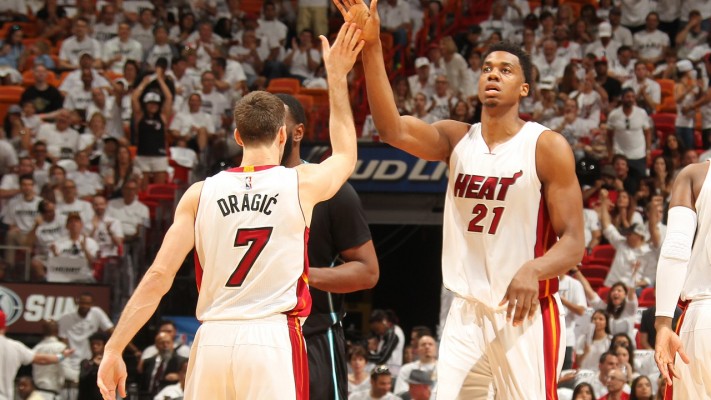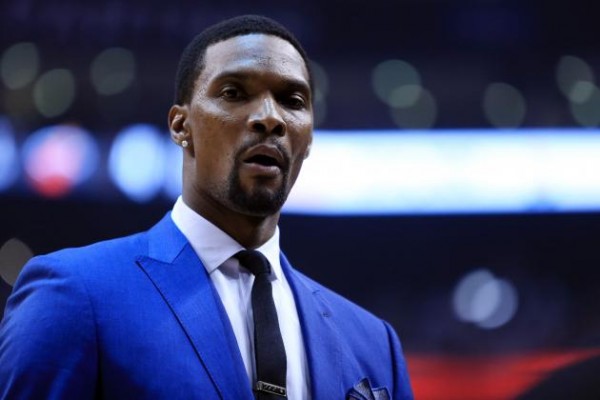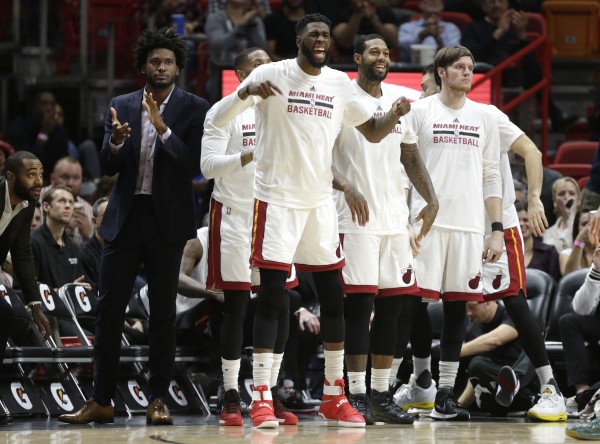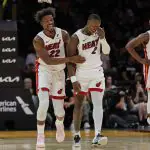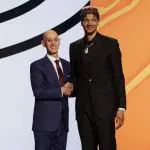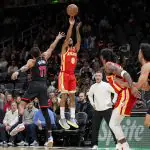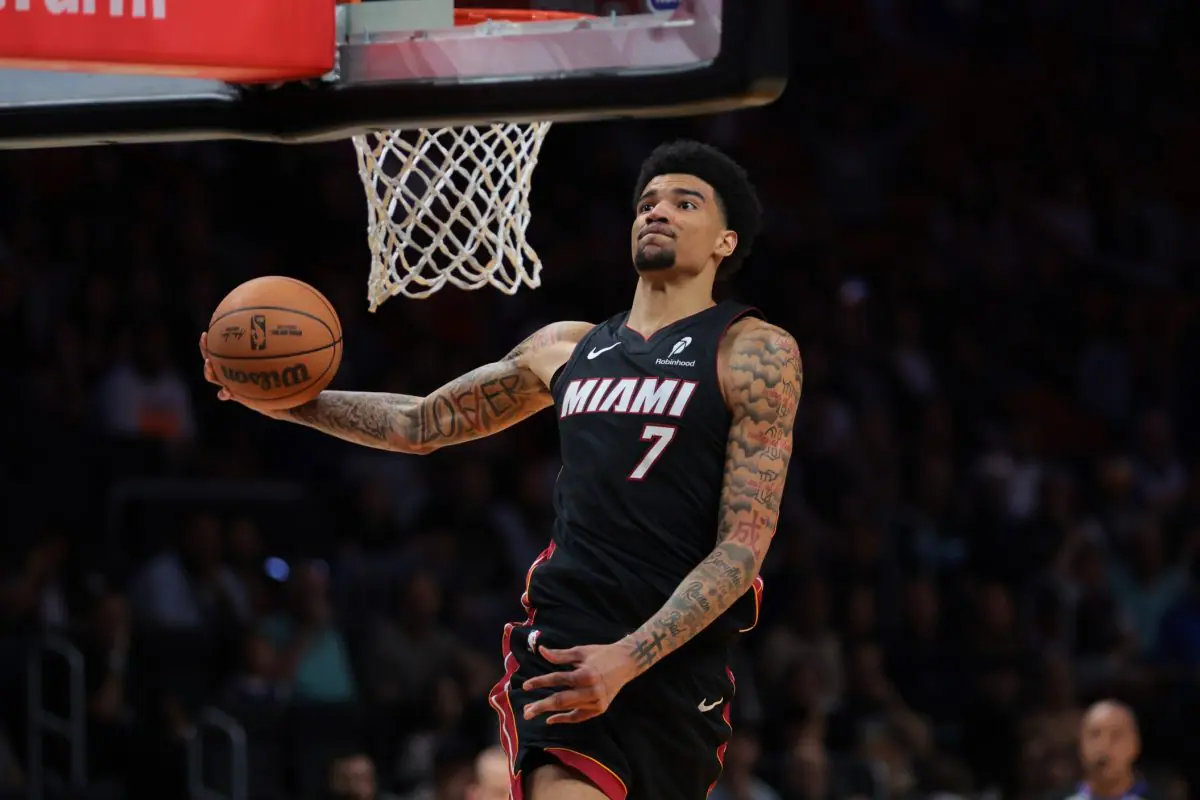3. Promising Surrounding Pieces
Miami’s roster may be devoid of a true superstar, but there are a handful of promising pieces in place that would thrive as a second, third or fourth option on a good team. Guys like Dragic, Whiteside, Tyler Johnson and Justise Winslow have been thrusted into primary roles due to injury and the team’s lack of superstar talent. While each of these players holds significant value, it would be hard to argue that any of them are true “number ones.”
Dragic is fiercely competitive and supremely skilled, while Whiteside has all the tools to be a great NBA big man. Even Johnson, who signed a four-year, $50 million contract in the offseason, is proving his worth as a scorer. Meanwhile, Winslow, who will be back from his shoulder injury next season, has the defensive prowess and the hard-to-come-by intangibles to be a high-level player for years to come. All the team lacks is a superstar leader to guide them, and perhaps a couple more wing players that can create their own shots.
4. Compensation for the Loss of Bosh
[xyz-ihs snippet=”Responsive-Image-Only”]
Earlier this season, it was reported that the Heat will likely wait until the playoff deadline in March to officially waive Bosh in order collect full salary cap relief heading into next summer’s free-agency period. Miami wants to wait until the playoff deadline because if Bosh were to sign with another team, then go on to play 25 games or more for that team, the Heat would still bear the burden of Bosh’s salary under their salary cap. Waiting until March would prevent that from happening.
Having Bosh’s salary off the books would lift a massive weight off of Riley’s shoulders and give the front office room to sign a top free agent or two this coming offseason. This year has obviously been rough for Miami, but it’s hard to contend when you’re forking over nearly $24 million of your 2016-17 payroll to a guy who doesn’t even play basketball anymore.
5. Things Could (and Probably Should) Be a Lot Worse
It’s hard too pluck too many positives from the Heat’s on-court production this season, but rest assured, they’re there. Without experienced, playoff-hardened veterans like Wade and Bosh on the team, Miami’s roster is now one of the youngest in the league. Excluding Bosh and Udonis Haslem — who rarely plays and is more of a locker room guy these days — the average age of a Heat player this year is 25.9 years old. For reference, the two best teams in the league are the Golden State Warriors (33-6) and San Antonio Spurs (32-9) and the average age of players on those teams is 27.9 and 28.8 years old, respectively.
In addition, Miami’s season has been severely plagued by the injury bug. In fact, no team has had more players miss games this season than the Heat. This has forced Spoelstra to experiment with more than a dozen different starting lineups since November, making it very difficult for the team to gel.
Considering the aforementioned disadvantages, is Miami really as bad as its record indicates?
Perhaps not, and here’s why:
For one, this young Heat team is getting it done on the defensive end. Miami ranks eighth in the league in points allowed per game (102.8). Also, despite its lack of top-tier talent, the team is only losing games by an average of 4.3 points this year. The league’s worst point differential belongs to the Brooklyn Nets, who are losing games by more than double that figure (-9.7). The Heat also rank in the top half of the league in rebounds per game and average the seventh fewest turnovers per game. Plus, thanks in large part to Whiteside, Miami is top five in blocks per game. Again, things could, and probably should, be worse.
All in all, the season is still young and Miami has a few more months to heal, grow and get better as a unit. While there have been a fair share of negatives this season, there are also a handful of positives to be proud of, and Heat fans should rejoice for the chance to be competitive again in the not-so-distant future.
[xyz-ihs snippet=”Responsive-ImagenText”]
